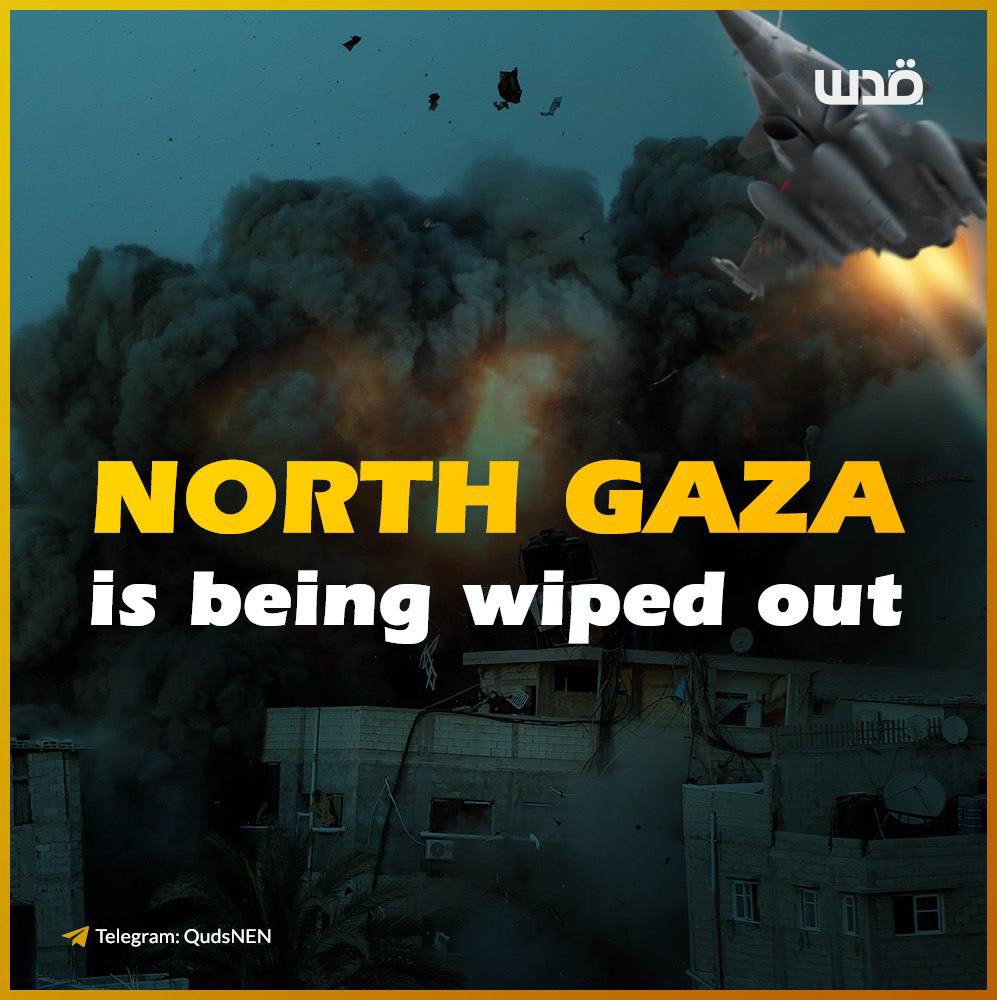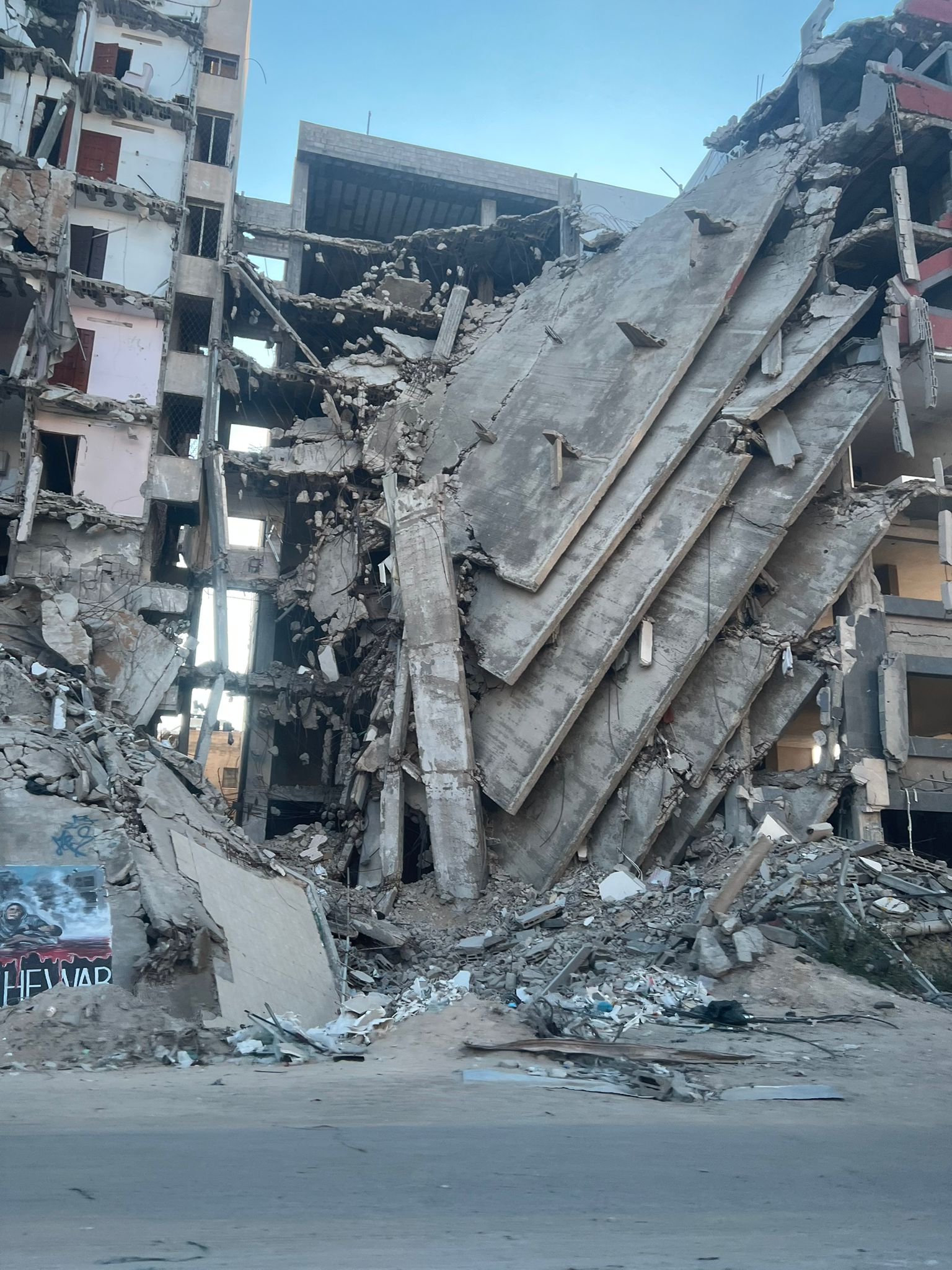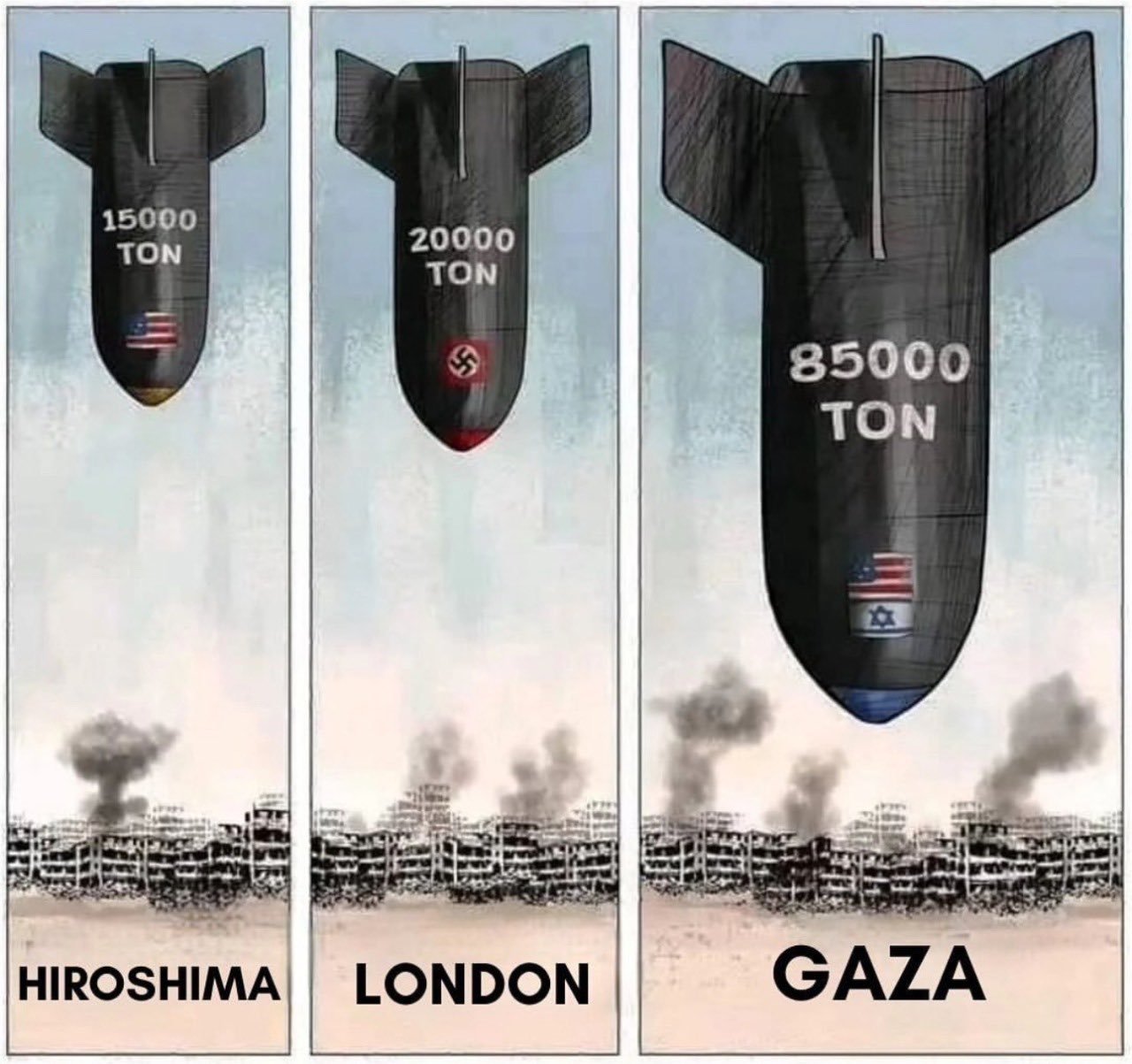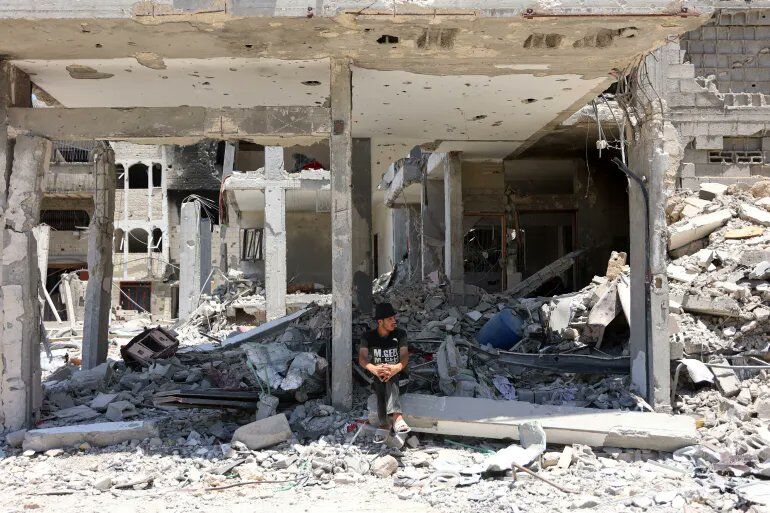The Israeli army intensified airstrikes, artillery shelling, and gunfire in northern Gaza, Monday, amid a strict blockade that has halted the entry of food, water, fuel, and medicine, witnesses reported.
Witnesses said Israeli air raids and shelling continued for the 17th consecutive day, focusing on northern Gaza, particularly the Jabalia refugee camp, under an ongoing siege.
Israeli warplanes launched multiple airstrikes on the Saftawi area, Jabalia camp, and Beit Lahia in the northern Gaza Strip, according to the witnesses.
Israeli military vehicles were reported to be stationed near the Indonesian Hospital, the telecommunications area, and the Tawam roundabout, where intermittent gunfire was heard, the witnesses added.
In a statement, Gaza Civil Defense spokesperson Mahmoud Basal said: “The occupation (forces) continue to kill everything living in northern Gaza, destroying and demolishing residential homes.” He added that the Israeli forces were using siege and starvation tactics in Jabalia camp, preventing emergency teams from reaching the camp and other northern areas to evacuate the wounded.
A medical source told Anadolu that two Palestinians were killed and others injured in artillery shelling that targeted homes in the Saftawi area.
The Israeli army also continued demolishing and burning residential buildings in western Jabalia camp and Beit Lahia, witnesses said.
They added that the army destroyed an entire residential block near the electricity company close to Sheikh Zayed roundabout in northern Beit Lahia.
The situation has led to a severe food and water crisis in northern Gaza, as the Israeli military blocks the entry of trucks carrying food or aid, according to multiple sources and trapped residents.
On Oct, 6, the Israeli army attacked northern Gaza, claiming it was to “prevent Hamas from regaining strength in the area.” However, Palestinians say Israel seeks to occupy the area and forcibly displace its residents.
In Gaza City, two more Palestinians were killed by Israeli artillery shelling of Ahmed Yassin Street in the western part of the city, according to Palestinian paramedics.
Israeli warplanes and artillery launched intense strikes on the Sudaniya area, the Shati refugee camp in northwest Gaza City, and the Zaytoun neighborhood in the southeast, according to witnesses.
In central Gaza province, Israeli forces carried out artillery shelling and heavy gunfire north of Bureij camp and west of Nuseirat camp, though no injuries were reported.
Explosions were heard as residential buildings were demolished in northern Bureij and Nuseirat camps, according to a Palestinian Civil Defense source.
The eastern parts of Khan Younis in southern Gaza also witnessed heavy artillery shelling, with the strikes concentrated on the outskirts of Abasan al-Jadida town, accompanied by intense gunfire.
Israel has continued a brutal offensive on Gaza following a cross-border attack by the Palestinian group Hamas last year, despite a UN Security Council resolution calling for an immediate cease-fire.
More than 42,600 people have since been killed, mostly women and children, and nearly 99,800 injured, according to local health authorities.
The Israeli onslaught has displaced almost the entire population of Gaza amid an ongoing blockade that has led to severe shortages of food, clean water, and medicine.










